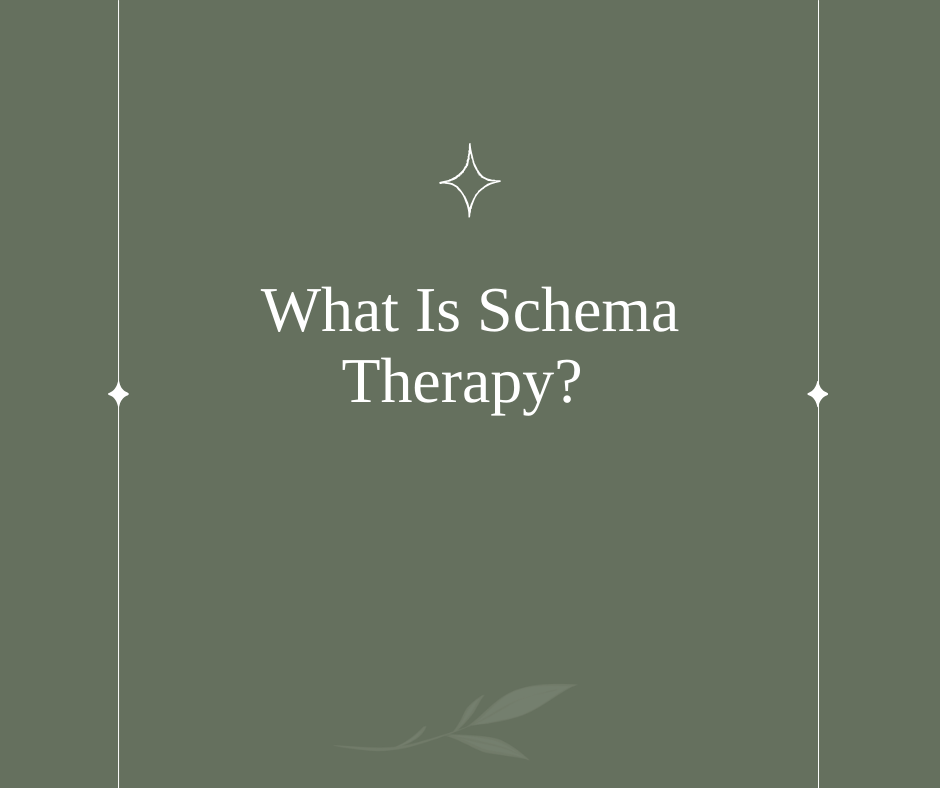What is Schema Therapy?
Developed by Jeff Young in the 90s, Schema Therapy is an integrative approach incorporating powerful elements from several therapeutic frameworks, including Cognitive Behavioural Therapy, Psychoanalytic Therapy, and Gestalt Therapy. In simple terms, Schema Therapy examines core themes within a person’s life to help them break negative, rigid and unhelpful patterns of thinking, feeling and behaving. […]
What is Schema Therapy? Read More »









